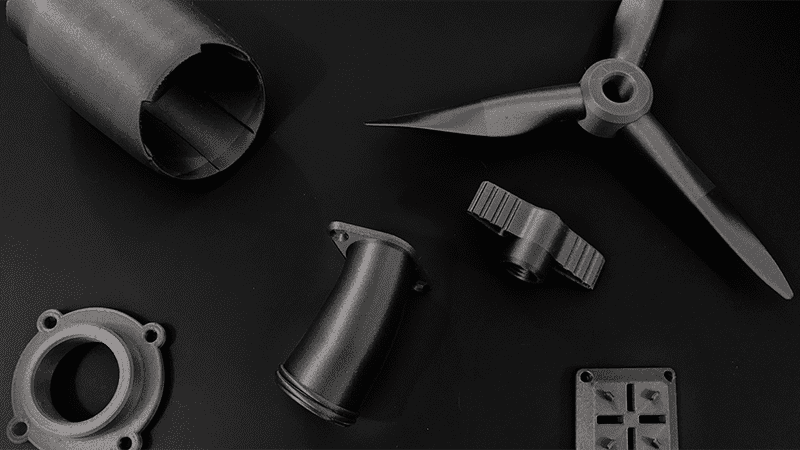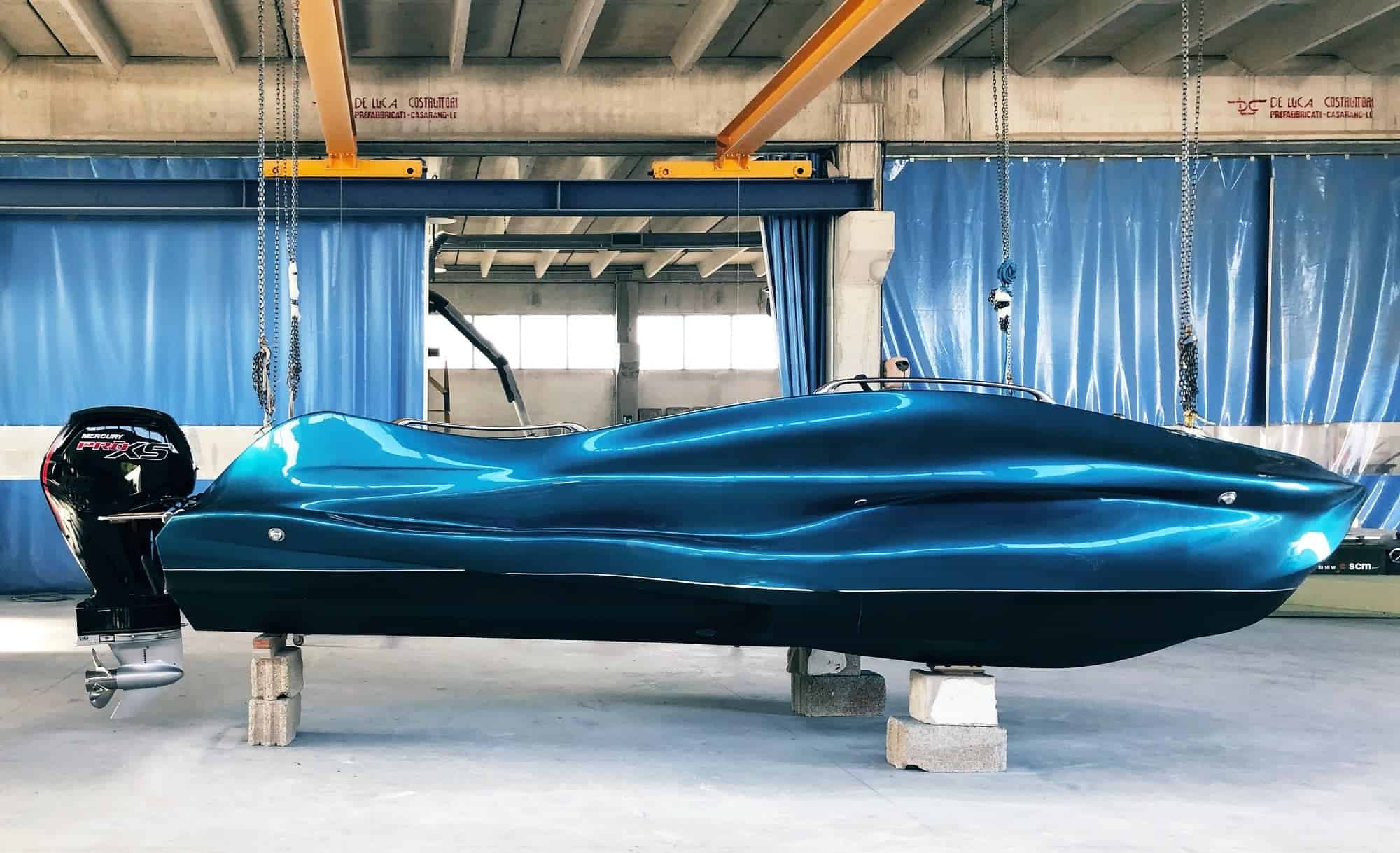This second part in the Composite Additive Manufacturing series by AM Chronicle provides an overview of applications of composite additive manufacturing in various sectors.
Composite additive manufacturing (AM) has opened new dimensions in engineering composites. The technology is currently developing, but due to the recent development used for specific industrial applications. It offers advantages of additive manufacturing such as the ability to produce complex shapes, easy prototyping, and low cost for smaller batch sizes added with advantages of composites such as high strength and performance.
Automobile
The automobile engineering segment has seen a shift from internal combustion engines to battery-driven cars. Due to this shift, the automotive industry has also seen an increase in the demand for high-performance parts. This requirement can be effectively fulfilled with the help of composite additive manufacturing as it enables the production of complex shape high-performance parts. Additionally, customization of the parts is also possible with the help of composite additive manufacturing.
Construction
Composites are used in construction as support structure for RCC beams and columns. Additionally, they can also be used as a main structure in certain specific civil applications. The main aim of using composite additive manufacturing in construction is to achieve an optimum strength-to-weight ratio and high stiffness. With the help of composite additive manufacturing large size composite structures can be manufactured for civil applications.
Aerospace
Composite AM has significant potential to fulfill the engineering requirements of the aerospace industry. The key design factor of an aerospace part is safety and mechanical performance which is achieved by using composite additive manufacturing. Additionally, with the help of compositive additive manufacturing complex parts can be manufactured that could reduce the weight and improve economic performance of plane.
Marine
Composites are an integral part of marine engineering and are mainly used to reduce the weight and risk of failure during extreme weather. The key parts that are manufactured using composites are hulls, frames, masts, poles, and boom. In a specific large area composite additive manufacturing helps to manufacture products of the marine industry. In certain cases, the time and cost of production of parts have been significantly reduced by using large area direct carbon fiber printing.
Machine Tools
Composite AM improves the stiffness, damping factor, and thermal behavior of the parts used in machine tools. The key advantage is that they provide support and strength to achieve highly accurate machining parameters. Specifically, in machine tools that involve the use of cartesian movements and robotic arms, composite AM is important to manufacturing complex-shaped parts.
Consumer Products
Composite AM can be used to produce a variety of consumer products such as furniture, pens, suitcases, and mobile covers. The main advantage of composite additive manufacturing is that economic small batch size production of composite consumer products is possible with small-scale machines. Additionally, composite additive manufacturing also offers the advantage of customization in the consumer product segment, which helps to provide better customer support.
USE CASES
3D printed Carbon fiber E-bikes by Superstrata
Superstrata is the world’s first company to offer 3D printed carbon fiber E-bikes that have 500,000 unique customization options for customers. The bike frame is printed by using industrial continuous grade carbon fiber and the lightweight when compared with other bikes.
One of the key advantages of the bike is that it can be customized according to the height of the rider and provides a range of 55 miles in one charge.
Source: https://superstrata.bike/
MAMBO- The 3D Printed Fiberglass Boat
MAMBO is the world’s first 3D printed fiberglass boat which was releveled during the FormNext international trade show. The boat was prepared by the collaboration of Autodesk and Moi Composites. The boat was printed using the robotic composite additive manufacturing method, during which two robotic arms were used. The key advantage of using the composite AM process was that during the production of MAMBO no molds were used.
Source: Moi Composites
3D printed Carbon Fiber Drone Frame
Composite AM is used to 3D print drone frames made from carbon fiber, glass fiber, and other materials. The main advantage of using composite additive manufacturing for manufacturing drone frames is that it eliminates the need for mould and complex shaded ( AI generated ) frames to be printed easily. The method is used by a wide range of drone frame manufacturers to build advanced structures that have higher performance and lightweight.
Subscribe to AM Chronicle Newsletter to stay connected: https://bit.ly/3fBZ1mP
Follow us on LinkedIn: https://bit.ly/3IjhrFq
Visit for more interesting content on additive manufacturing: https://amchronicle.com/







